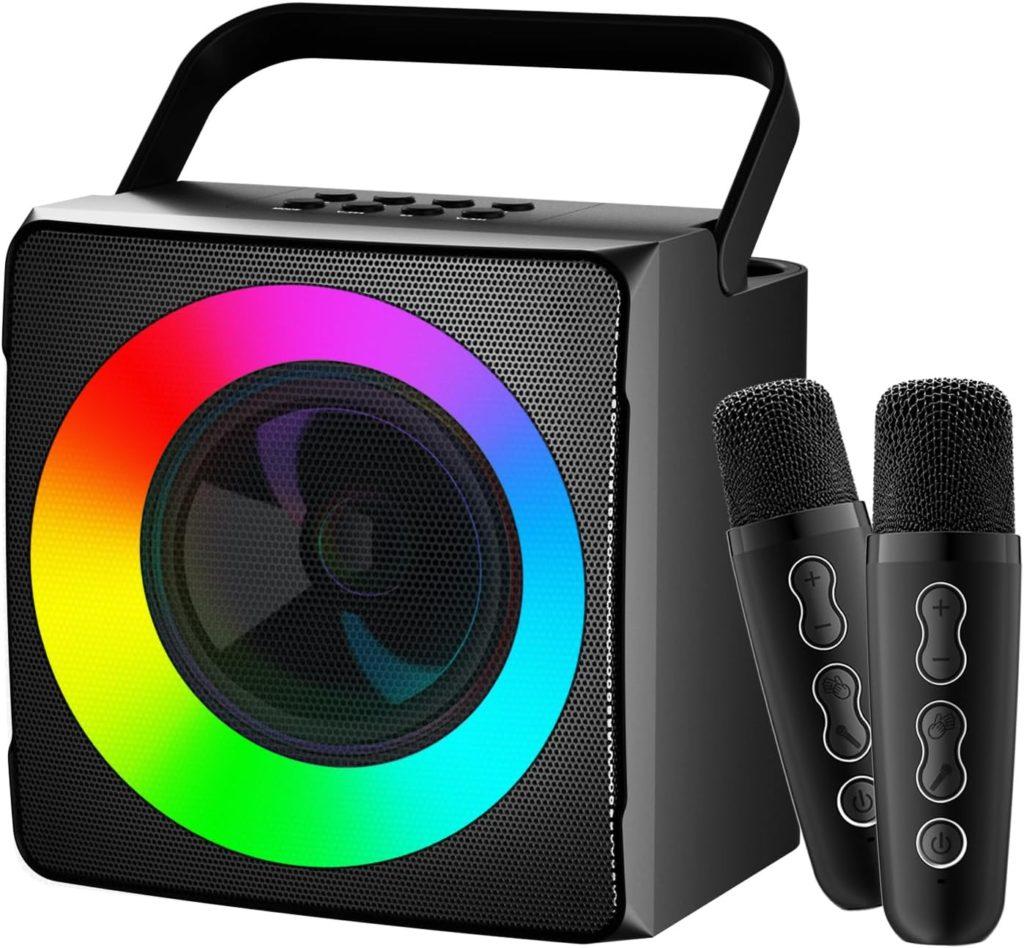
Key Takeaways:
- Knowing your vocal range is the first step to being the best singer you can be
- Your vocal range shows you the notes and songs you can pull off without straining your voice
- Vocal range is the distance between the highest and lowest notes you can sing well
Being a great singer means knowing your vocal range and being comfortable with your pitch and tones. Your vocal range tells you what songs you can sing comfortably without straining and which best complements your voice.
You can’t use your voice to the best of your ability until you can identify your ranges, tones, and pitches. This guide takes a look at vocal range and how to find it and discusses whether you can increase it, the six types of singing voices, and some unique vocal characteristics you might not know about.
What Is a Vocal Range?
How high and low a person can sing is their vocal range. It is the distance between the highest and lowest notes they can produce without strain.
Straining your voice is a big no-no for singers, especially professional singers who depend on their talent to earn a living. It can damage vocal cords to the point of no return, leaving them unable to reach their full potential any longer.
Your vocal range is a matter of genetics. It can change by a note or two throughout your life, but the size determines its sound. Larger vocal cords produce lower tones. The singer’s sinuses, throat, and mouth determine the timber and unique sound.
Making beautiful music with your voice starts by learning your vocal range and how to use it.
How to Find your Vocal Range
Whether you want to master your voice or learn its capacities, it starts with understanding your vocal range. Some apps claim to identify your vocal range, but the most dependable way is to use a piano.
A piano number system, such as C4 to C6, denotes each range. The letter distinguishes the note, and the number tells the octave.
These steps show you how you can quickly find your vocal range:
Find Your Lowest Note
Start with C4 on the piano. Vocalize a consistent vowel sound until you match the note. Continue down the white keys until you reach a note too low to match without running out of breath or straining.
Congratulations! You’ve found the lowest note in your vocal range. Now, be sure to write it down.
Find Your Highest Note
Use the same method to find the highest note you can vocalize without issue. This time, find C4 and move upward on the white keys trying to match each note, and again, write it down once you’re sure you’ve found the highest note.
Compare Low and High Notes
Comparing your highest and lowest notes gives you your vocal range. It is used to classify your singing voice into a vocal type.
It’s important to note that your voice may crack and croak as you move up and down the keyboard. That doesn’t mean you’ve hit your highest or lowest note. Those moments are called passaggios, and they indicate a break or stretching point in your voice. Work through them to find your final note.
Expanding Your Vocal Range
Voice ranges are preset, but they are a lot bigger than most people realize. The human vocal range is typically between 3 1/3 octaves. That amounts to approximately 40 notes a singer can vocalize.
Even professional singers can underestimate their complete range. What people consider expanding their range is simply practicing the notes on the far edges of their range so they become easier to hit.
6 Types of Singing Voices
Almost all singing voices fall into one of six categories:
Soprano
Soprano is the highest vocal type. They typically have a range from C3 to C6, and some can go up to G6 or down to B3.
Mezzo-Soprano
This vocal type is the most common for females. They have a range from A3 to A5. Some mezzo-sopranos can reach as far down as G3 or up to C6.
Alto
Contralto or alto is usually the lowest female vocal type. They most often have a range from F3 to F5. Some contraltos can reach down to D3 or as high as A5.
Tenor
Tenor is usually the highest male vocal type. They most often have a range from C3 to C5, but some tenors can go as far down as B2 or up to F5.
Baritone
Baritone is typically the mid-range for males and their most common male voice classification. They generally range from G2 to G4, but some can dip to F2 or reach C5.
Bass
Bass is the lowest vocal type, ranging from E2 to E4. Some bass voices can drop to C2 or stretch as far up as G4.
Understanding your range helps define the best songs and keys for your voice. Your unique sound as an artist is revealed when you learn to work the notes you sing the best and utilize them in the songs that fit your voice.
The first step in a singer’s life is to figure out and strengthen their range. It’s the basis of everything a singer does with their voice and how they learn to exemplify the individual sound that could take them to superstardom.
Take Your Singing Career to the Next Level at Sloan School of Music
Singing at your very best means mastering your vocal range and knowing exactly where you sound the best. It’s always easiest to learn something when a professional is on hand to guide the way. Sloan School of Music provides private, group, and virtual lessons in many musical disciplines.
Sloan School sells and rents top-of-the-line instruments. Contact Sloan School of Music for more information about singling lessons, finding your range, musical instruments, accessories, and more.






